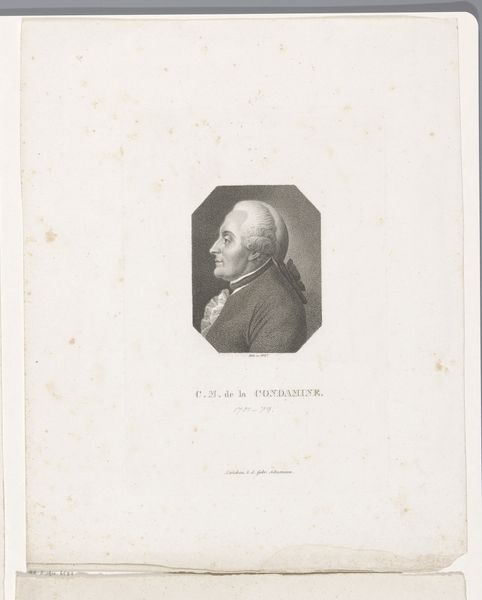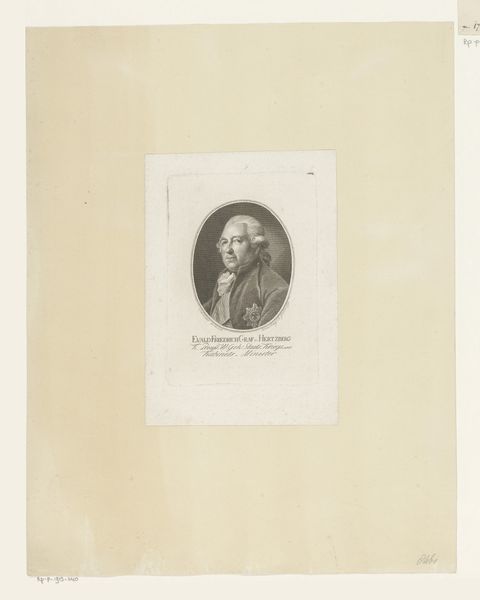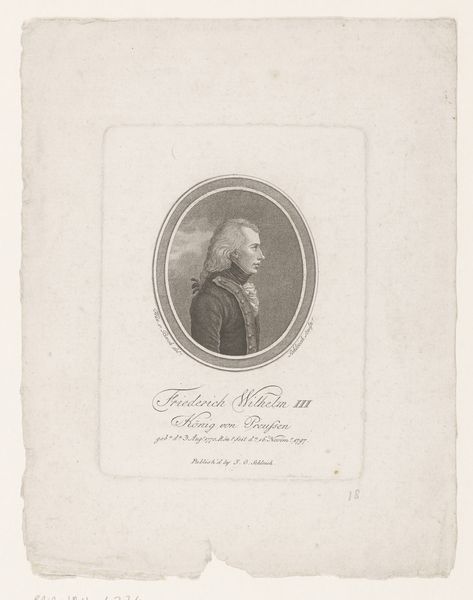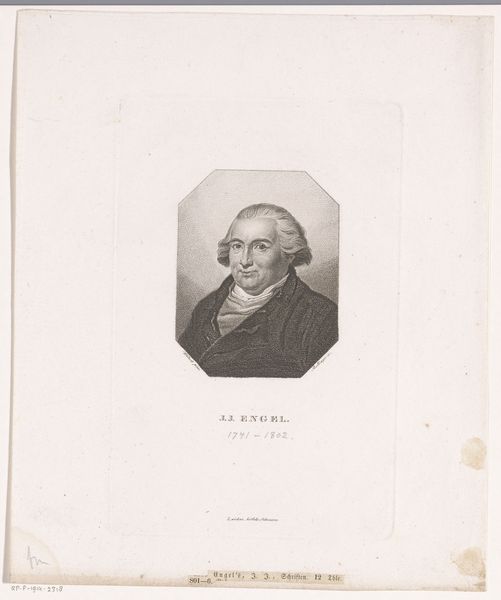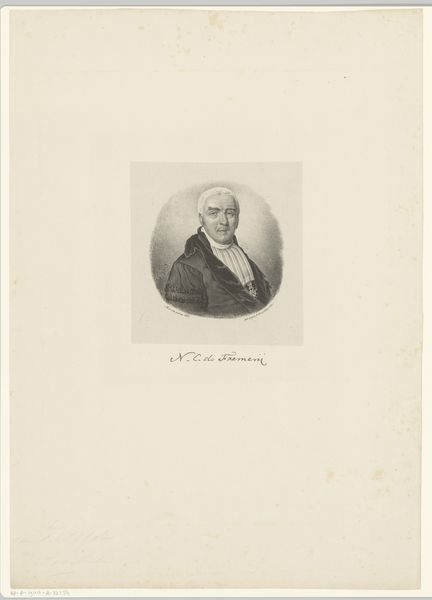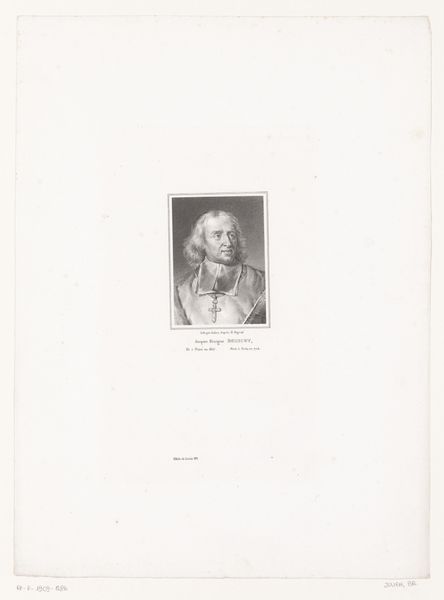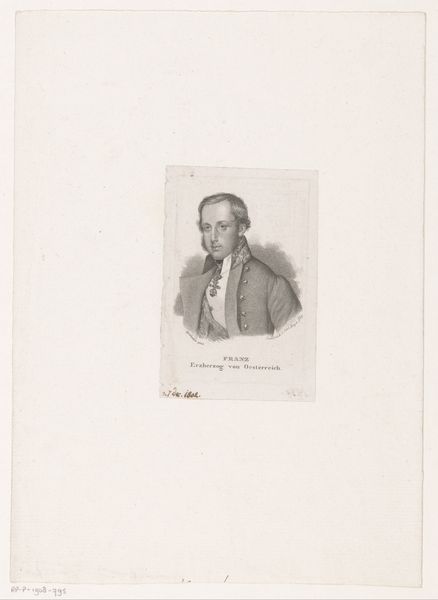
engraving
#
portrait
#
neoclacissism
#
academic-art
#
engraving
#
realism
Dimensions: height 185 mm, width 125 mm
Copyright: Rijks Museum: Open Domain
Editor: Here we have Friedrich Wilhelm Bollinger's "Portret van Alessandro Cagliostro," an engraving dating from around 1818-1832, housed in the Rijksmuseum. There's a sense of formal authority conveyed by this image. What sociopolitical tensions do you think this work reveals? Curator: That's a perceptive starting point. Think about who Cagliostro was: a controversial figure, a magician and adventurer in a period defined by Enlightenment ideals clashing with entrenched power structures. An engraving like this, produced decades after his death, signifies an attempt to perhaps, re-evaluate, or even rehabilitate, his image within a shifting societal landscape. Editor: So, you're suggesting that it’s not just a portrait, but a statement on power and reputation? Curator: Exactly. Consider the rise of Neoclassicism, with its emphasis on order and reason, and Academic Art, seeking a kind of objective "truth" through representation. This print, created after the French Revolution, portrays Cagliostro, not as a dangerous rebel, but with a subdued dignity. Doesn’t this clash with Cagliostro’s real, rather chaotic life? Editor: It certainly seems at odds with that narrative! Maybe the portrait sanitizes his history for the sake of acceptance by a more conservative society. It’s fascinating to consider the ways art is used to revise, or even rewrite, social perception. Curator: Indeed. This portrait invites us to consider not just the individual depicted, but the sociopolitical environment that shaped, and ultimately reshaped, his image. So what did you take from this examination of power? Editor: I'm struck by how this image, seemingly simple, becomes a focal point for understanding the dynamics of reputation, power, and societal change through a longer history. Curator: Agreed. And hopefully, it has enriched our understanding of both art history and broader cultural narratives.
Comments
No comments
Be the first to comment and join the conversation on the ultimate creative platform.

